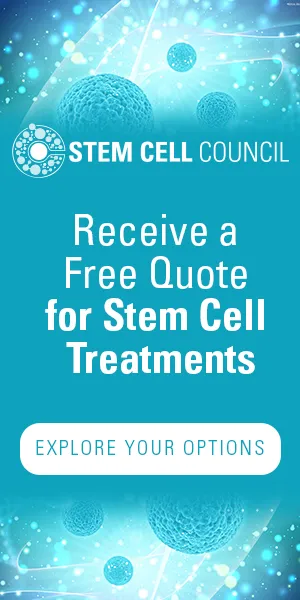Introduction
Regenerative medicine has emerged as a groundbreaking approach to healthcare, promising to revolutionize the way we treat a wide range of diseases and conditions. Among these, stroke, a leading cause of disability and death worldwide, stands as a prominent challenge that regenerative medicine is uniquely poised to address. This article will explore the global advances in regenerative medicine for stroke rehabilitation and the potential these innovative therapies hold for the future.
Regenerative Medicine: An Overview
Regenerative medicine represents a paradigm shift in the field of medical treatment. It capitalizes on the body's inherent ability to heal itself by promoting regeneration and repair of damaged tissues and organs. This is achieved primarily through the use of stem cells, which are unspecialized cells that have the capacity to develop into various cell types, offering immense potential for repairing and replacing damaged or diseased tissues.
Stroke and Its Impact
Stroke is a severe medical condition that occurs when the blood supply to parts of the brain is interrupted or reduced, depriving brain tissue of oxygen and nutrients. This often results in permanent brain damage, causing physical disabilities, cognitive impairment, and emotional disturbances. Rehabilitation after a stroke is a comprehensive process that aims to help stroke survivors regain lost abilities and improve their quality of life. However, conventional stroke rehabilitation methods have their limitations, leaving many patients with persistent disabilities.
Regenerative Medicine for Stroke Rehabilitation: A Global Perspective
Around the world, researchers are investigating the potential of regenerative medicine to fill the gaps left by conventional stroke rehabilitation. From North America to Europe, Asia to Australia, this novel approach is being explored with promising results.
In the United States, groundbreaking work at institutions like the Stanford School of Medicine has led to promising developments in stem cell therapies for stroke. Researchers have demonstrated the ability of stem cells to not only replace damaged neurons but also to create a supportive environment that enhances the brain's natural healing processes.
European countries like Sweden and the UK are also at the forefront of this research. For example, the Karolinska Institute in Sweden has made significant strides in exploring the potential of stem cell therapy for improving motor function after a stroke.
In Asia, countries like Japan and South Korea have implemented regenerative medicine in their healthcare systems. They are conducting robust research and clinical trials to explore how stem cells can aid in stroke rehabilitation, with promising results observed in animal models and early-phase human trials.
Meanwhile, Australia has demonstrated a commitment to advancing regenerative medicine, with research institutions like the University of Melbourne undertaking pioneering studies in this field. Their work has shown the potential for stem cells to improve cognitive function after stroke.
The progress we are witnessing in regenerative medicine for stroke rehabilitation is truly transformative. However, it is essential to remember that these therapies are still in their developmental stages, and more research is required to fully understand their potential and limitations.
If you or a loved one have suffered a stroke and are interested in learning more about stem cell treatment options, please visit www.stemcellcouncil.com. This resource provides detailed information about the latest advancements in stem cell therapies and can guide you in making an informed decision about your health.
Furthermore, understanding the financial implications of these treatments is crucial. Therefore, if you are considering stem cell therapy, you can obtain a free quote by visiting www.stemcellcouncil.com/free-quote. This will provide you with a comprehensive understanding of the potential costs associated with these novel therapies.
Conclusion
Around the globe, regenerative medicine is reshaping our understanding of what is possible in stroke rehabilitation. The journey, undoubtedly, is filled with challenges, but the potential reward — a future where stroke-induced disability could be significantly reduced or even eliminated — is an exciting prospect that drives researchers and clinicians forward. As we continue to explore and refine these innovative therapies, the role of patients and caregivers in understanding and choosing these treatment options becomes increasingly significant.








